
Every story lives or dies by the strength of its characters. It’s all well and good having a thrilling plot, gorgeous writing, and even a haunting soundtrack, but if your characters are flat (emotionally two-dimensional and predictable) the story will eventually deflate. Readers and viewers crave depth, contradiction, evolution, and realism when it comes to characters, especially protagonists.
Protagonists need to be complex. Why? Well, complexity is the pulse of humanity in fiction. It’s the small, sometimes maddening truth that no one is purely good or purely evil, confident or insecure, brave or cowardly. In real life, we are both all of the time.
In storytelling, characters who embody that tangled, beautiful mess are called round characters. They are complex, contradictory, and capable of change. They challenge us as an audience and as humans as well as frustrate us. It’s this that make us feel deeply connected to a story.
In today’s blog, we’ll explore what makes round characters work and why your story needs them. Stay tuned for some top tips on how to craft your own round characters later on.
Let’s get unpacking!

Table of Contents
- What Is a Round Character?
- Round vs. Flat Characters
- The Round Character and the Arc
- How to Write a Round Character
- Examples in Film | Round Characters in Motion
- FAQs
- Conclusion
What Is a Round Character?
A round character is complex, contradictory, and capable of change.
The term round character was coined by E.M. Forster in his 1927 work Aspects of the Novel, where he defined them as characters “capable of surprising in a convincing way.”
A round character is a person who changes, grows, or reveals new sides of themselves as the story unfolds. They have emotional depth, moral contradictions and many psychological layers (just like Shrek!).
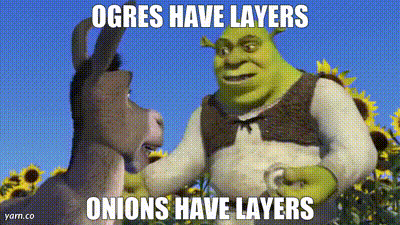
Round characters can’t be summed up in a sentence, because just when you think you’ve got them figured out, they surprise you. But never in a way that feels false as they evolve with the story they’re in.
We see their fears, hopes, wounds, and desires collide and shift. They make mistakes. They surprise us. And that’s what makes them human. It’s this humanity that we relate to as an audience.
Round vs. Flat Characters
Before we rush to crown the round character as the king or queen of fiction, let’s get one thing straight: flat characters are not “bad.” They’re simply just different.
A flat character is one-dimensional and tend to represent a single idea, emotion, or role. Think of them as the pillars that hold up the round character’s journey. They may not change, but they serve change.
Forster described flat characters as being “constructed around a single idea or quality.” They’re often static with examples including the loyal friend, the comic relief, the stern mentor, and the cruel boss. You know what to expect from them, and that’s their purpose.
On the other hand, round characters are built from contradictions. They can be brave yet insecure, moral yet selfish, loving yet manipulative. The interplay between these traits is what creates narrative tension.
Why Both Matter
Okay, so how do round and flat characters work together in a story? Well, flat characters provide stability and help define the world’s moral or emotional structure. While round characters provide movement, with their evolution becoming the heartbeat of the story.
For instance, in The Lord of the Rings, Samwise Gamgee is relatively flat (and beautifully so). He’s loyal, steadfast, and unchanging in his devotion to Frodo.
Frodo, on the other hand, is round; a character torn between courage and despair, loyalty and temptation. Sam’s stability makes Frodo’s struggle all the more poignant.

Flat characters give the story its rhythm. Round characters give it its soul.
The Round Character and the Arc
Character arcs are the narrative equivalent of alchemy, turning the ordinary into the extraordinary.
A character arc is the emotional and psychological journey a character undertakes from the beginning to the end of a story. It’s the change that happens when internal conflict meets external challenge. But here’s the key: you can’t have a meaningful arc without complexity.
A character must start in one emotional place and end in another, and the tension between those two points is where story lives. Without inner contradiction and a mix of virtues and flaws, there’s no room for change.

Consider Michael Corleone in The Godfather. When we first meet him, he’s the clean-cut son who wants nothing to do with the family’s criminal empire. “That’s my family, Kay. It’s not me,” he says. Yet as the story unfolds, the contradictions within him: loyalty, pride, ambition and love, begin to battle each other. The war outside mirrors the war within Michael.
By the end of the movie, Michael is transformed, but not into a hero. Instead, he becomes something far darker and more complex. It’s almost a tragic transformation as well as a strong character arc.For more on creating complex characters click here.
How to Write a Round Character
Okay, so we now know what round characters are and why they matter but how do we actually write them effectively?
Here are our top tips how to do it the right way:
- Give Them Flaws That Matter
A perfect character is boring, so give them flaws that cost them something like a relationship, their reputation or self-respect. If your character is brave, let them also be reckless. If they’re kind, maybe they avoid confrontation to a fault. A good flaw is the wound that drives a protagonist’s behavior.
- Build in Contradictions
Real people are messy, and your characters should be, too. A loving mother might resent her children. A soldier might be terrified of violence. A leader might secretly crave escape. Emotional realism like this is key to creating relatable and authentic characters.
- Give Them a Backstory, But Don’t Dump It
Round characters don’t exist in a vacuum. Their choices are shaped by what came before. Maybe your character’s perfectionism comes from a childhood of harsh criticism, or their independence from early abandonment.
Remember, you don’t need to spell it all out but just know it yourself. Everything will seep into your protagonist’s dialogue, fears, and habits. - Let Them Surprise You
If your character always reacts the way you expect, something’s wrong. Put them in situations that challenge their self-image. How does the honest man act when lying would save someone he loves? How does the confident leader behave when no one’s watching?
- Evolve Their Relationships
Roundness doesn’t exist in isolation. Characters reveal new dimensions through the people around them. How they treat a lover versus a rival versus a parent shows different sides of their soul. You wouldn’t speak to your parent in the same way as your doctor and the same should apply to your characters.
- Show Change Through Small Moments
Transformation doesn’t always happen in climactic speeches. It often shows up in gestures, silences, or small reversals, just like in real life. The criminal who hesitates before pulling the trigger. The cynic who quietly tells the truth. Those little fractures are where evolution begins.
- Let Them Fail
Failure reveals character far more than success ever could. The roundest characters are the ones who stumble, make the wrong choice, and then have to live with it. Failure humanizes them and audiences relate to that humanity.
But most importantly, start with the basics and built your character from there. Celtx character questionnaire is a great place to begin. Click here to download your free copy!
Examples in Film | Round Characters in Motion
Let’s look at how a few iconic characters bring this complexity to life.
Michael Corleone | The Godfather (1972)
As we’ve already explored, few arcs in film history are as chilling and complete as Michael Corleone’s. He begins as the outsider, the “good son” who believes he can live outside the moral decay of his family. But his desire to protect, his pride, and his hunger for control twist into something darker.
Michael’s transformation from reluctant observer to ruthless don is horrifying yet inevitable. His contradictions of loyalty versus morality and love versus power make him endlessly fascinating. He’s not evil; he’s human. And that’s what makes him tragic.
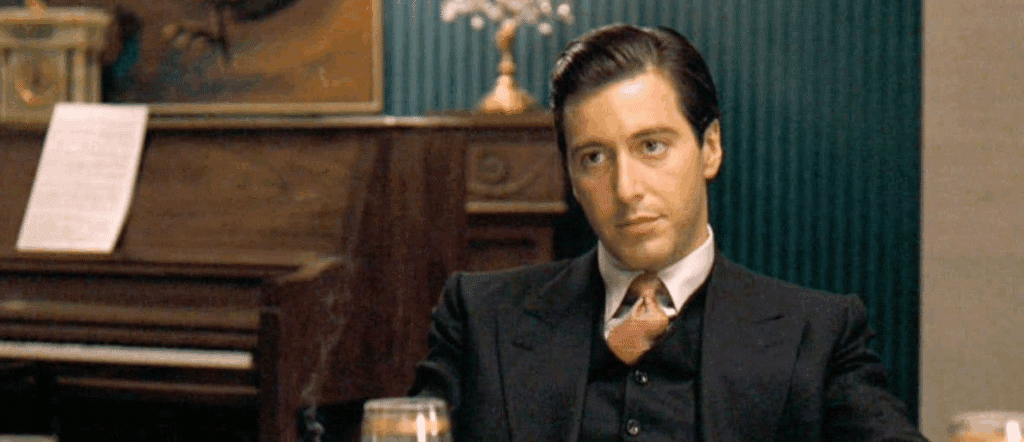
Katniss Everdeen | The Hunger Games (2012)
Katniss is often misunderstood as a purely stoic, strong heroine, but she’s far more complex than that. She’s fiercely independent, yet her every move is driven by protectiveness and fear. She’s both a symbol and a victim of the system she’s fighting.
Across the trilogy, her trauma deepens, her trust erodes, and her ideals fracture. She’s a survivor, but survival changes her, often in ways that hurt. Her contradictions of strength and vulnerability, and rebellion and weariness are what make her real.
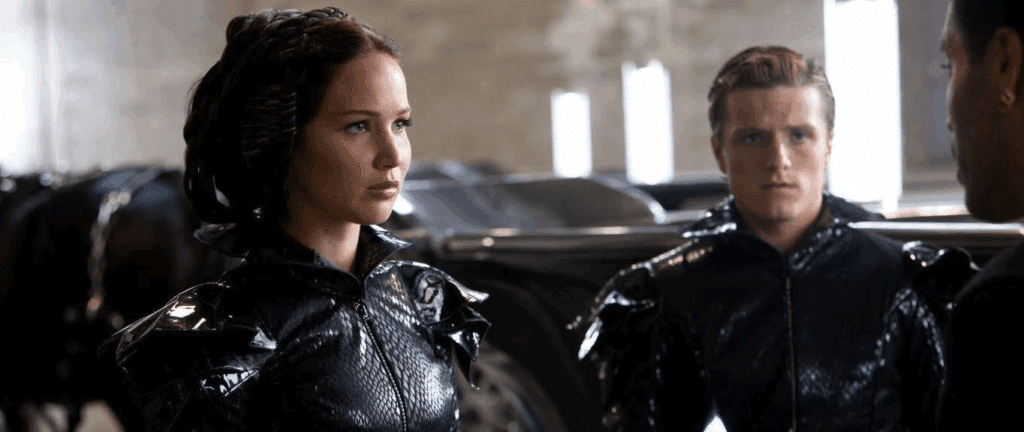
Annie Hall | Annie Hall (1977)
Annie Hall herself is a masterclass in subtle complexity. She’s quirky, self-conscious, idealistic, and insecure all at once. We see her through Alvy Singer’s (Woody Allen’s) eyes, but through her behavior and tone, we get a sense of a fully dimensional woman navigating identity and love.
Her contradictions of wanting intimacy yet fearing dependence make her memorable. She’s round not because she changes drastically, but because she feels alive. Every line, hesitation, and nervous laugh of hers reveals another layer.
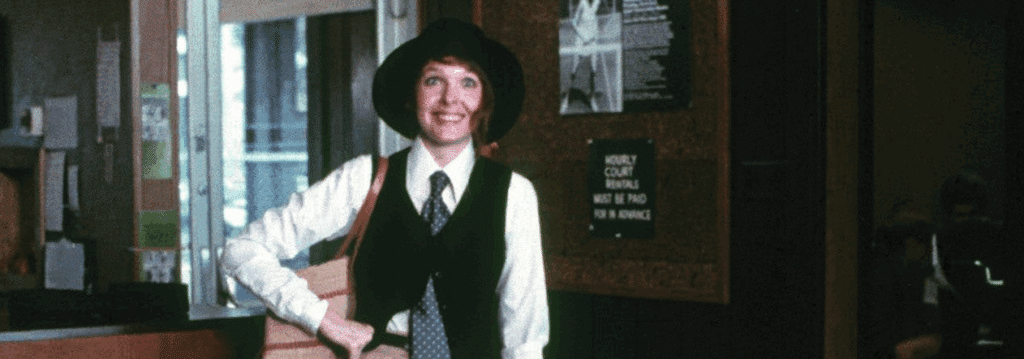
Would you believe that Elle Woods, the protagonist of Legally Blonde is also an awesome example of a round character? Charactour tells us more here.
FAQs
A round character is complex, layered, and capable of change. A flat character embodies a single trait or purpose and doesn’t evolve. Both have a role: flat characters support the narrative, while round characters drive it.
Not always, but the best ones usually are. A flat villain can work for simple or symbolic stories (The Wicked Witch of the West), but a round antagonist with believable motives and contradictions often elevates the story. Think Killmonger in Black Panther or Nurse Ratched in One Flew Over the Cuckoo’s Nest. Their humanity makes their threat more real.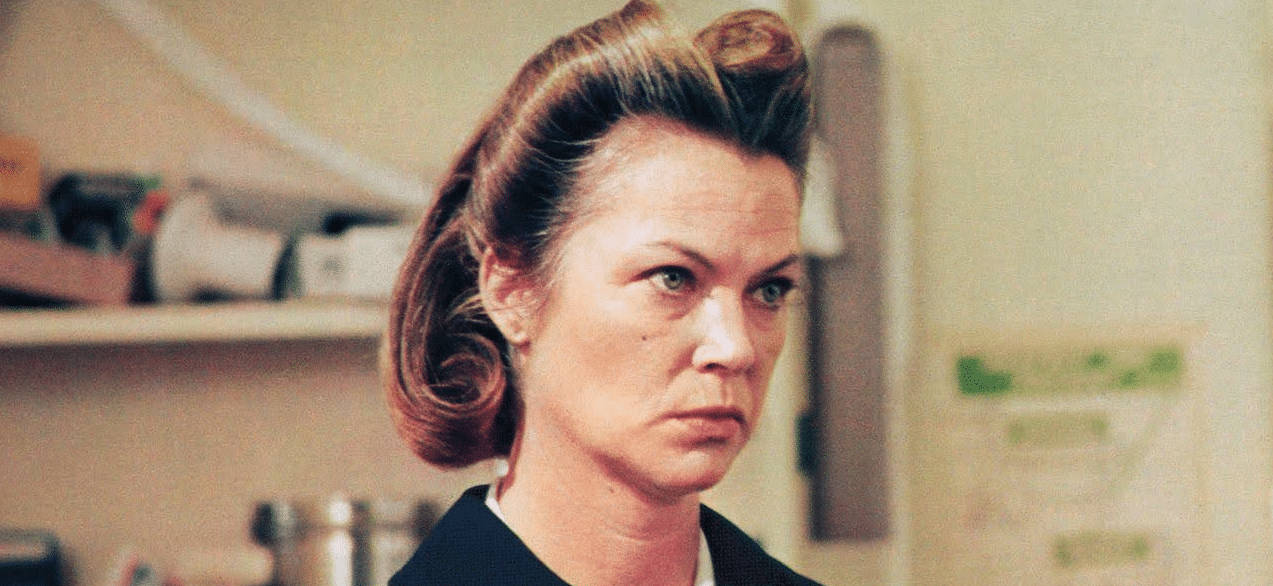
The term comes from British novelist E.M. Forster, who introduced it in his 1927 book Aspects of the Novel. He contrasted round characters (complex and evolving) with flat ones (simple and static), arguing that great novels rely on both.
There are countless, but some of the best include:
– Rick Blaine (Casablanca): a cynic turned romantic idealist.
– Elizabeth Bennet (Pride and Prejudice adaptations): proud, witty, yet vulnerable to her own bias.
– Tony Stark (Iron Man): the narcissistic genius who learns humility through loss and responsibility.
Each is driven by the secret ingredient… contradiction!
Conclusion
If there’s one truth about storytelling that never changes, it’s this: we fall in love with people, not plots.
A twist can shock us, and a setting can dazzle us, but what keeps us turning pages or rewatching films is the desire to understand someone. To see them wrestle with who they are. To see ourselves reflected in their imperfection.
Round characters give us that gift. They remind us that people can change, and that sometimes, they don’t. They mirror the messy, beautiful contradictions of being alive.
So, when you sit down to write, remember: our job as writers isn’t just to create a character who moves through a story. It’s to create someone who lives through it. Someone who changes or fails to. Someone who feels as real as you do. Because in the end, the most powerful stories aren’t about what happens to a character. They’re about who they become.
Ready to start writing complex, unforgettable characters? Start for free today.
Up Next:
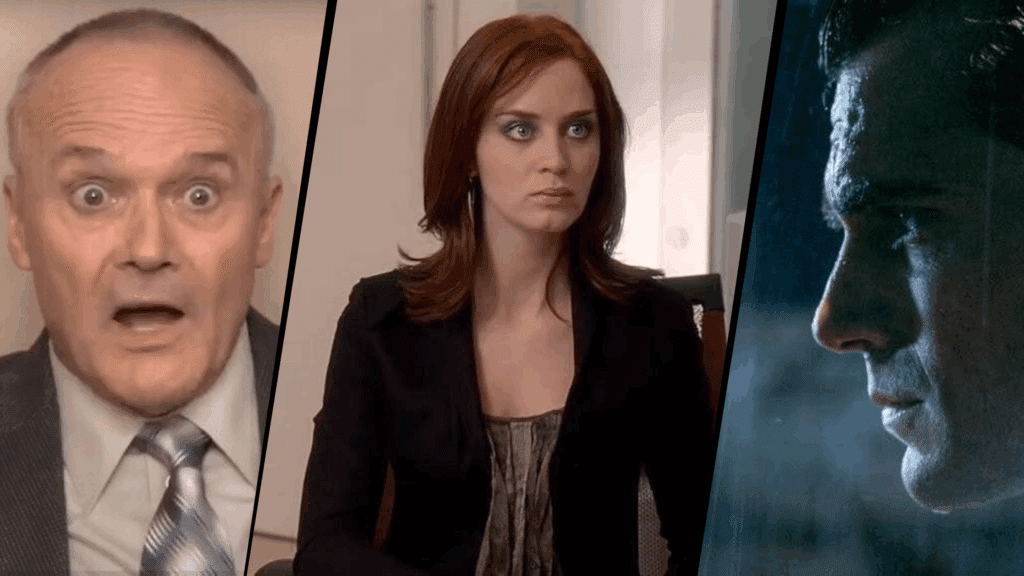
What is a Flat Character?
Not every character needs depth to make an impact. Explore how flat characters serve the story and balance the arcs of your more dynamic leads.

